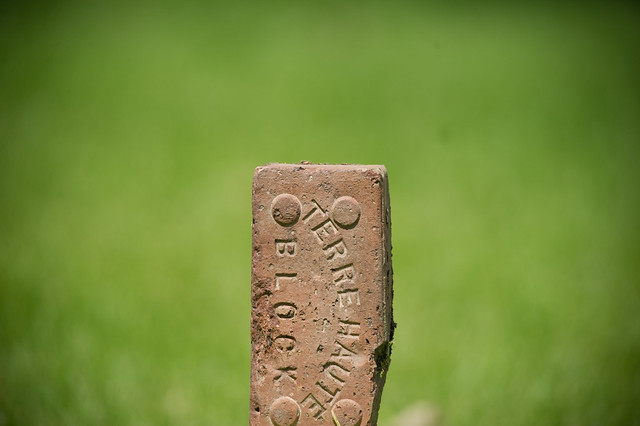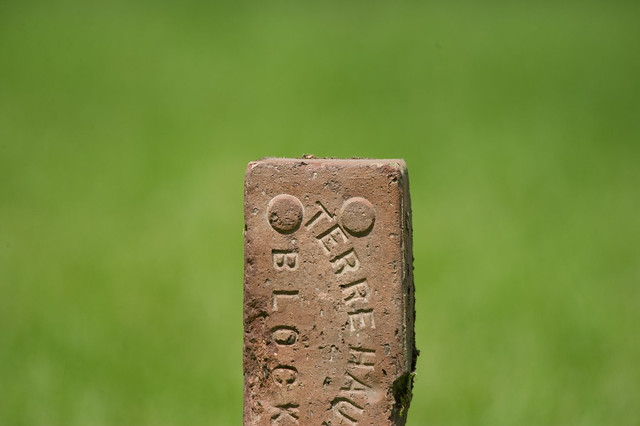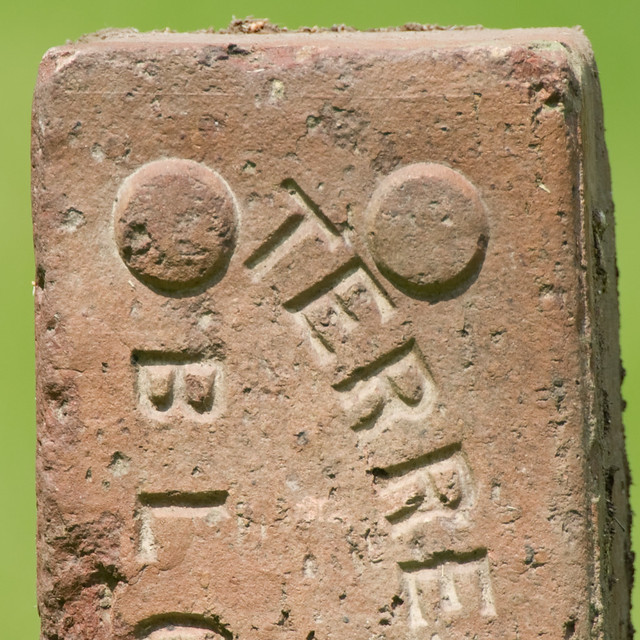That being said, I need a little more reach with the FX cameras and the 600mm VR II lens. Since going back to DX was not a desired option, I decided on the teleconverter route as so many others have. Unfortunately with a teleconverter, you lose small amounts of light hitting your sensor. Starting with f/4 on a bare lens, a 2x teleconverter, you are already starting at f/8. In low-light conditions, this is not the best choice unless you bump the iso up which will then introduce a good amount of noise into your picture. Another downside to teleconverters is that if you start past your effective f/stop for your camera, your autofocus abilities also diminish. I believe f/5.6 if the effective f/stop for autofocus to work (Nikon) and the 1.7x and 2.0x theoretically will kill that on an f/4 lens (f/6.3 and f/8 respectively). I have had some success with AF and a 1.7x tc, but it is sluggish. Forget AF on moving subjects with a 2x tc and an f/4 lens (even the new III version).
Since I am planing on heading to Alaska this summer and more importantly heading out to Katmai National Park , I wanted to make sure I had all the reach I could should the need arise. For that, I have the: Sigma 1.4x, Nikon TC-17e II, and Nikon's new Nikon TC-20e III teleconverters to use with my 600mm VR II and 70-200mm VR II lenses. I will not have time to adjust focus of the lens with each teleconverter while there, so I decided to take the time this past weekend to dial in each teleconverter with the 600mm VR II lens on my Nikon D3s camera. The results are shown below, but first pictures of teleconverters:
Sigma APO 1.4x EX DG Teleconverter
Nikon TC-17e II Teleconverter
Nikon TC-20e III Teleconverter
Enough of the rambling, here are the photos :
Nikon 600mm f/4G VR II bare lens - full field of view
Nikon 600mm f/4G VR II - Crop
Sigma 1.4x TC - 840mm - full field of view
Nikon TC-20e III - 1200mm - full field of view
Nikon TC-20e III - 1200mm - Crop
Now, I think they are all pretty sharp. Focus point for each photo was between the 2 raised dots, on the "T". There was absolutely no processing of these images other than importing into light room, cropping the selected crop photos shown, and exporting out .jpg's to post here. I did not adjust any sharpening, contrast, color, etc... That being said, I feel that the Sigma 1.4x TC had the best contrast in the image, with the 1.7x coming in a close second. The 600mm VR II bare at f/4 was the best in my opinion (as it should be!).
I almost did not use and was ready to discount the 1.4x as it seemed cheap to me, but it actually proved me wrong and produced stellar results. The 1.7x I have had for some time and really liked it, but wanted more reach. The TC-20e III is really why I decided to try and post this test. I had the previous TC-20e II and man, did it suck. The images were soft and AF was almost non-existent. The new 2x III version is absolutely amazing in my opinion. It is smaller in size and better in optical IQ. Pared with the 600mm VR II lens, it produced great bokeh, great contrast and most importanly, a sharp picture wide open at f/8. I can not be happier with the results and I look forward to posting the results when I return. In the meantime, more equipment testing and comparisons for my trip to come.










Very nice post, how was the performance of the TC 2.0 III in low light? A number of posts said that AF wasn't possible with the 600mm.
ReplyDeleteRegards,
Angad
Thank you for nice information. Please visit our web:
ReplyDeleteClich Here
Visit
ReplyDeleteVisit